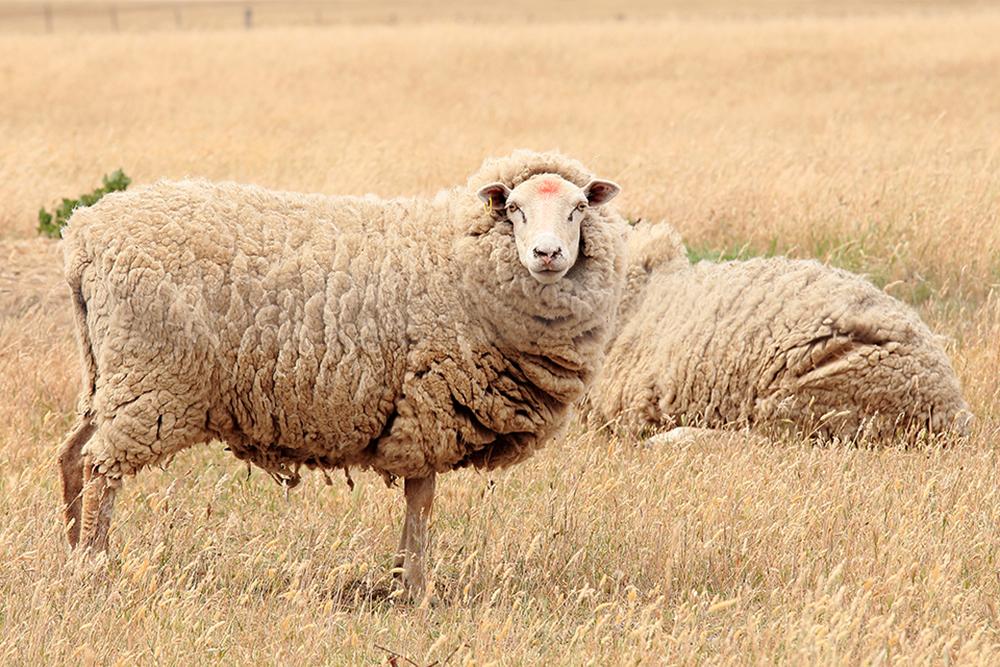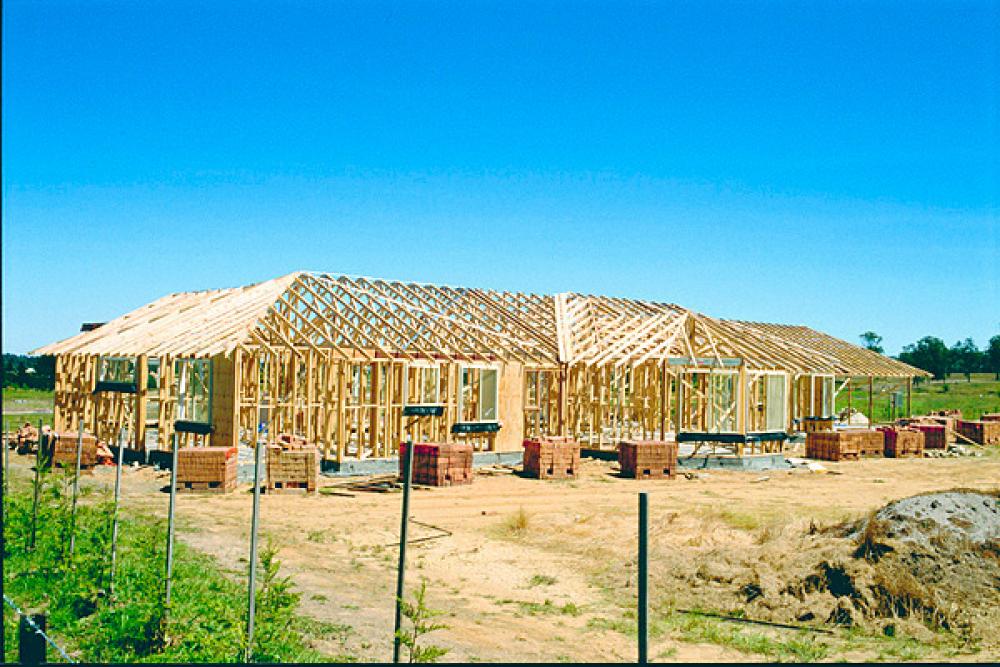Farm cash income for all broadacre farms is projected to decrease nationally by around 7 per cent to average $327,000 per farm in 2022–23 but remain 46% above the 10-year average.
Head of Farm Performance at ABARES, Peter Gooday, said incomes for broadacre farms are expected to decrease in all states except Western Australia and South Australia in 2022–23, with incomes in New South Wales, Queensland and Victoria impacted by heavy rainfall and flooding during the year.
“Good seasonal conditions and higher commodity prices have been major drivers of improved broadacre farm performance in Australia in recent years,” Mr Gooday said.
“However, farm incomes are projected to fall slightly in 2022–23 because of lower prices for most commodities and input costs remaining high after significant increases in 2021–22.
“Incomes for dairy farms are projected to increase by around 20 percent to average $391,000 per farm in 2022–23, mainly because of higher farm-gate milk prices.”
“This represents record average farm income for dairy producers despite the rising input costs.”
Mr Gooday said the official 2021–22 estimates of agricultural productivity in the broadacre and dairy industries had also been released today.
“Long term productivity growth averaged 1.0 percent per year in the broadacre industries, and 1.3 percent per year in the dairy industry – a result that’s helped underpin strong performance in recent years Mr Gooday said.
ABARES farm performance and productivity results provide the only comprehensive picture of farm financial performance for Australian broadacre and dairy farms.
Australian Agricultural productivity estimates are available on the ABARES website, broken down by year, industry type and individual states and territories.
Detailed farm survey analysis is available on the ABARES website, and the underlying data is available to users through the ABARES Farm Data Portal.
The findings were released today at the ABARES Outlook 2023 Conference in Canberra.



